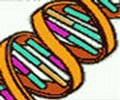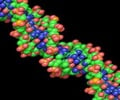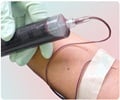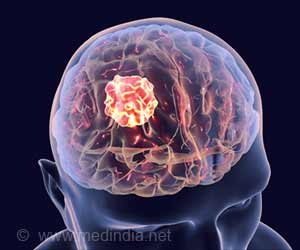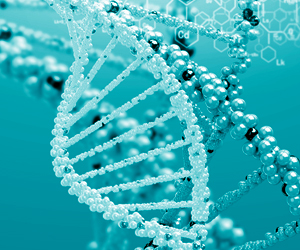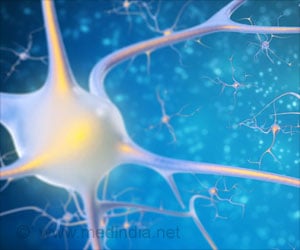Side effects and complications related to stent angiography, such as arterial restenosis and thrombosis, make it a risk procedure although it saves lives.
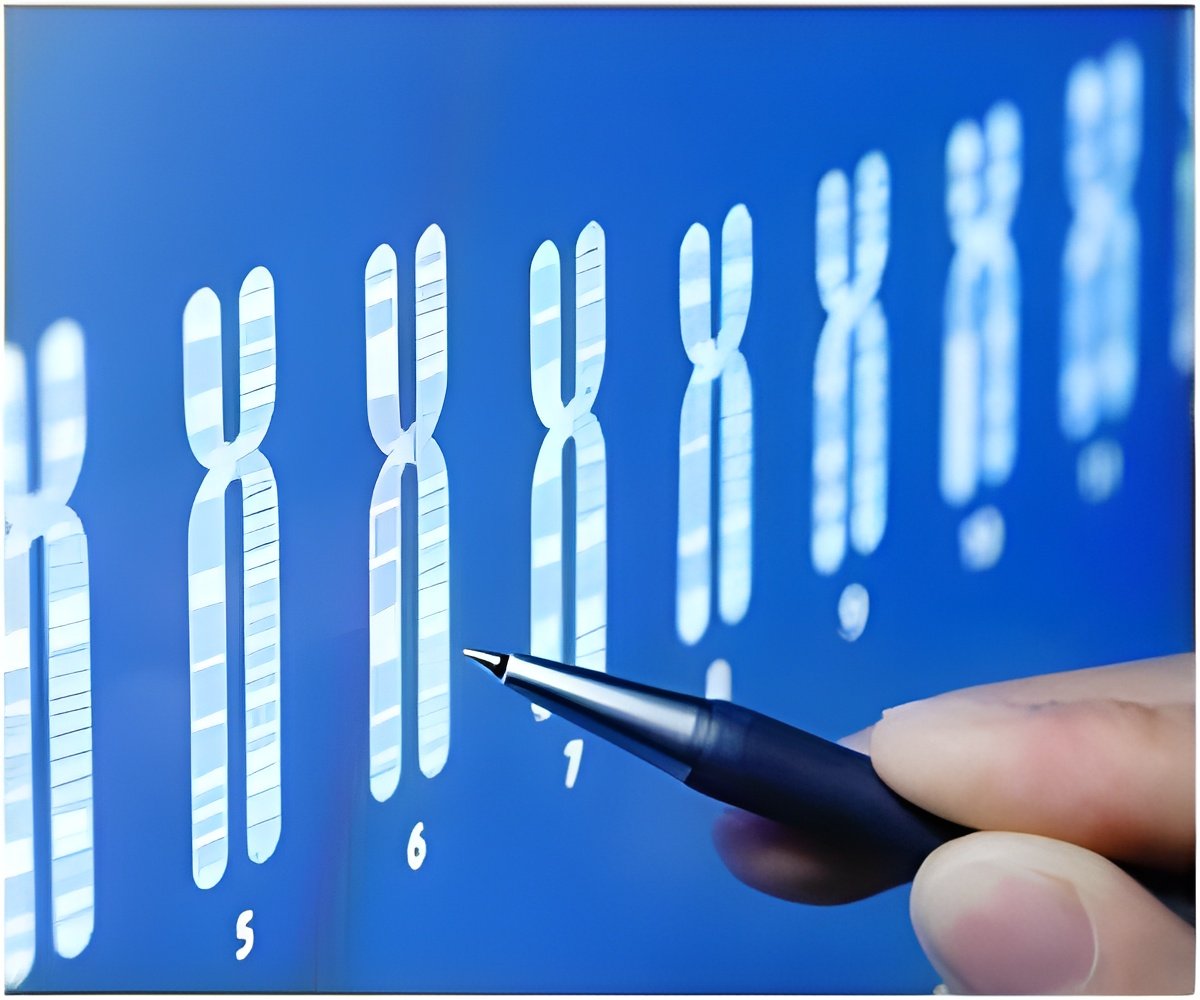
"This study can help address a number of barriers to translation of experimental gene therapeutic approaches to clinical practice," said Michael Chorny, Ph.D., a researcher involved in the work from the Division of Cardiology at the Abramson Pediatric Research Center at The Children's Hospital of Philadelphia in Pennsylvania. "Bringing gene therapy closer to clinical use is a step toward developing safer and more effective ways for treating cardiovascular disease."
To make this technique possible, Chorny and colleagues used in vitro vascular cells to demonstrate the ability to effectively deliver genes using biocompatible nanoparticles and magnetic force without causing adverse effects. Although effective gene transfer in these cells has been difficult to achieve historically, this study demonstrated that magnetically guided "gene-impregnated" nanoparticles delivered their cargo effectively, especially compared to conventional gene delivery vectors. Next, researchers explored magnetically targeted gene delivery by applying these nanoparticles to stented arteries in rats. The nanoparticle-mediated expression of stent-targeted genes was shown to be greatly enhanced in treated animals when compared to control groups treated with nanoparticles without using the magnetic conditions, or with an equivalent dose of a conventional gene delivery vector. Genes delivered using the magnetically targeted nanoparticles were also expressed at considerably higher levels in the stented arteries compared to other organs and tissues.
"This approach is novel and exciting, and goes to show that investments in basic science across disciplines pay off in time," said Gerald Weissmann, M.D., Editor-in-Chief of The FASEB Journal. "When the first nanoparticles were developed and when the first correctable human disease gene was identified, no one could have ever known that these two advances would come together in a way that might one-day save lives."
Source-Eurekalert

